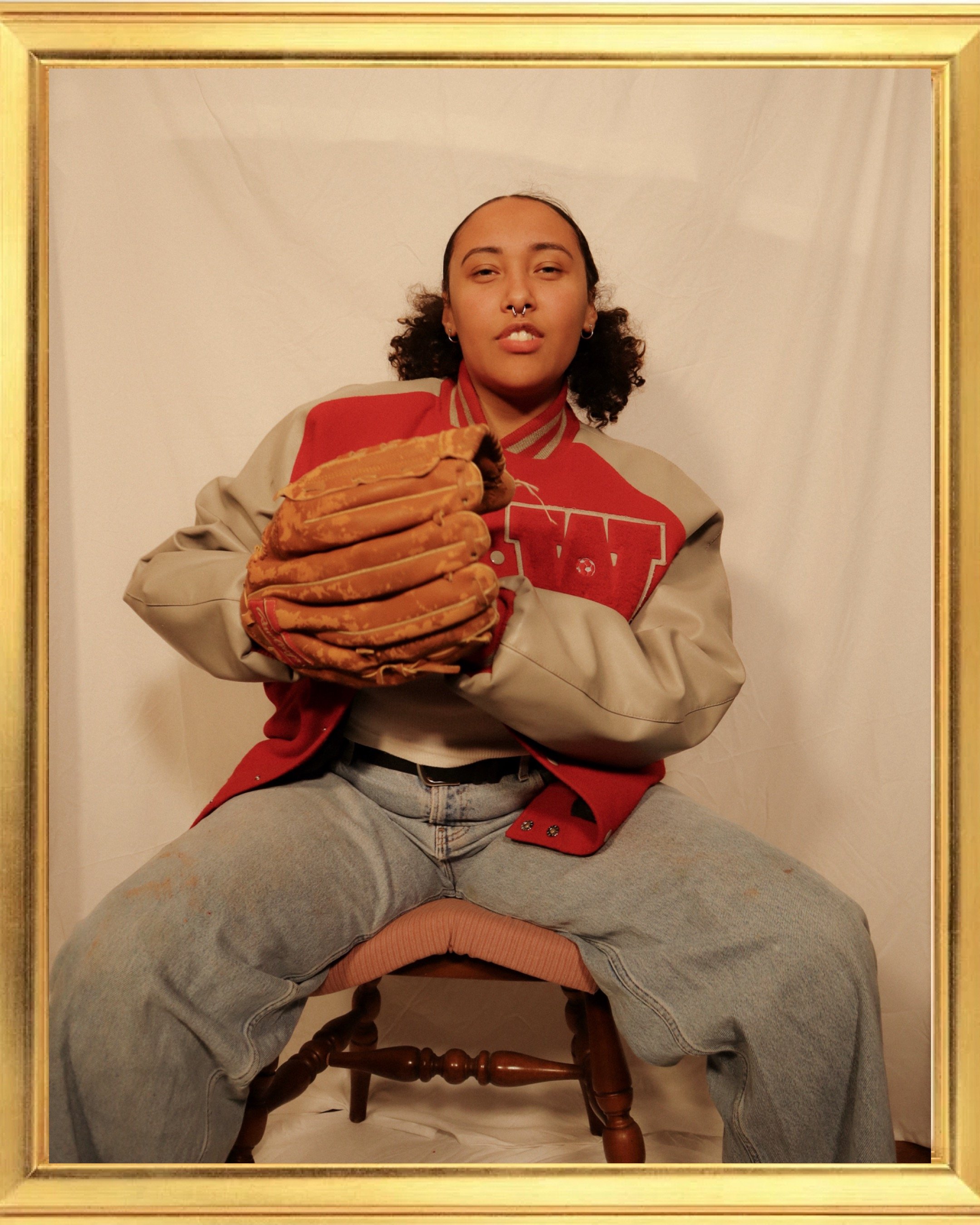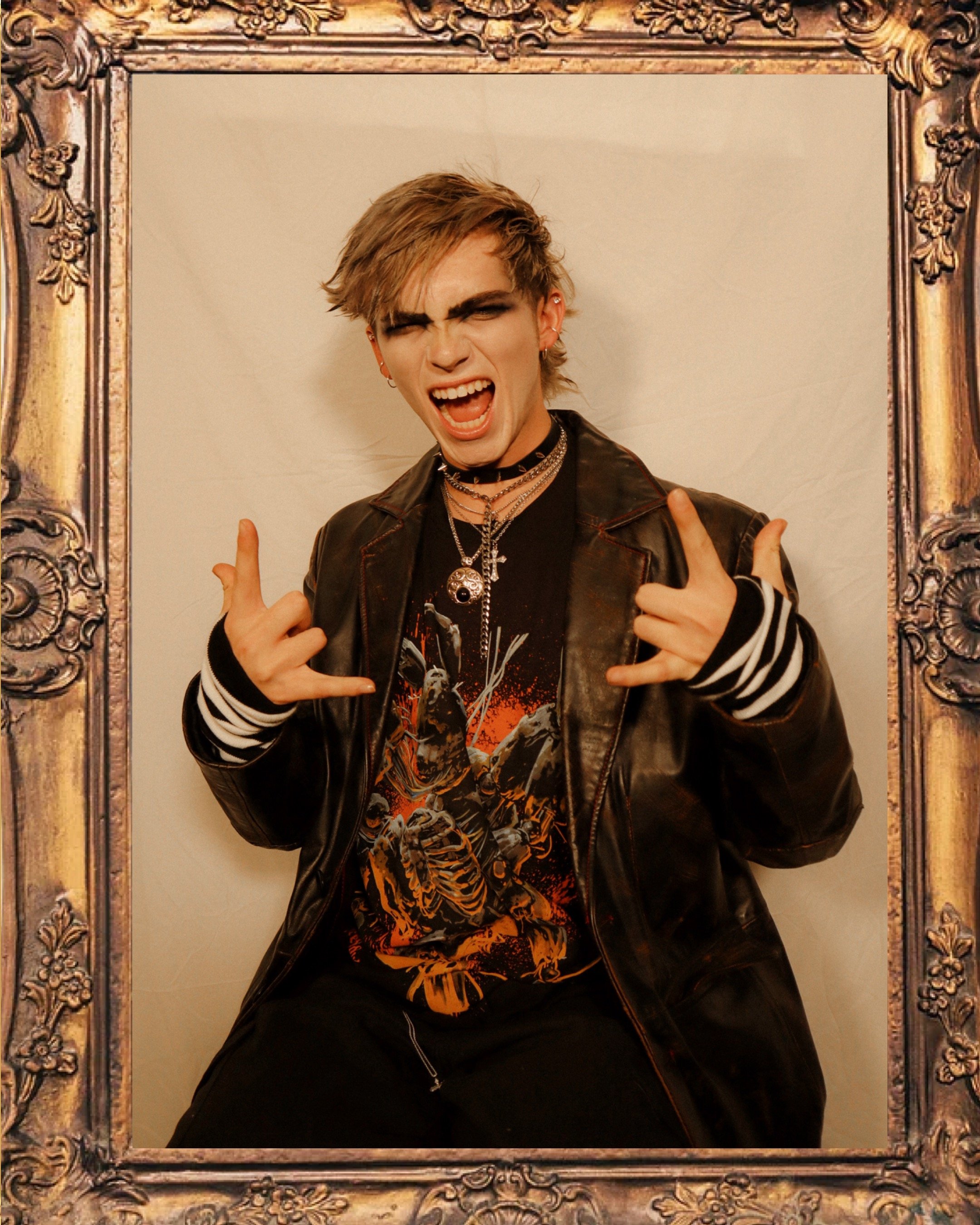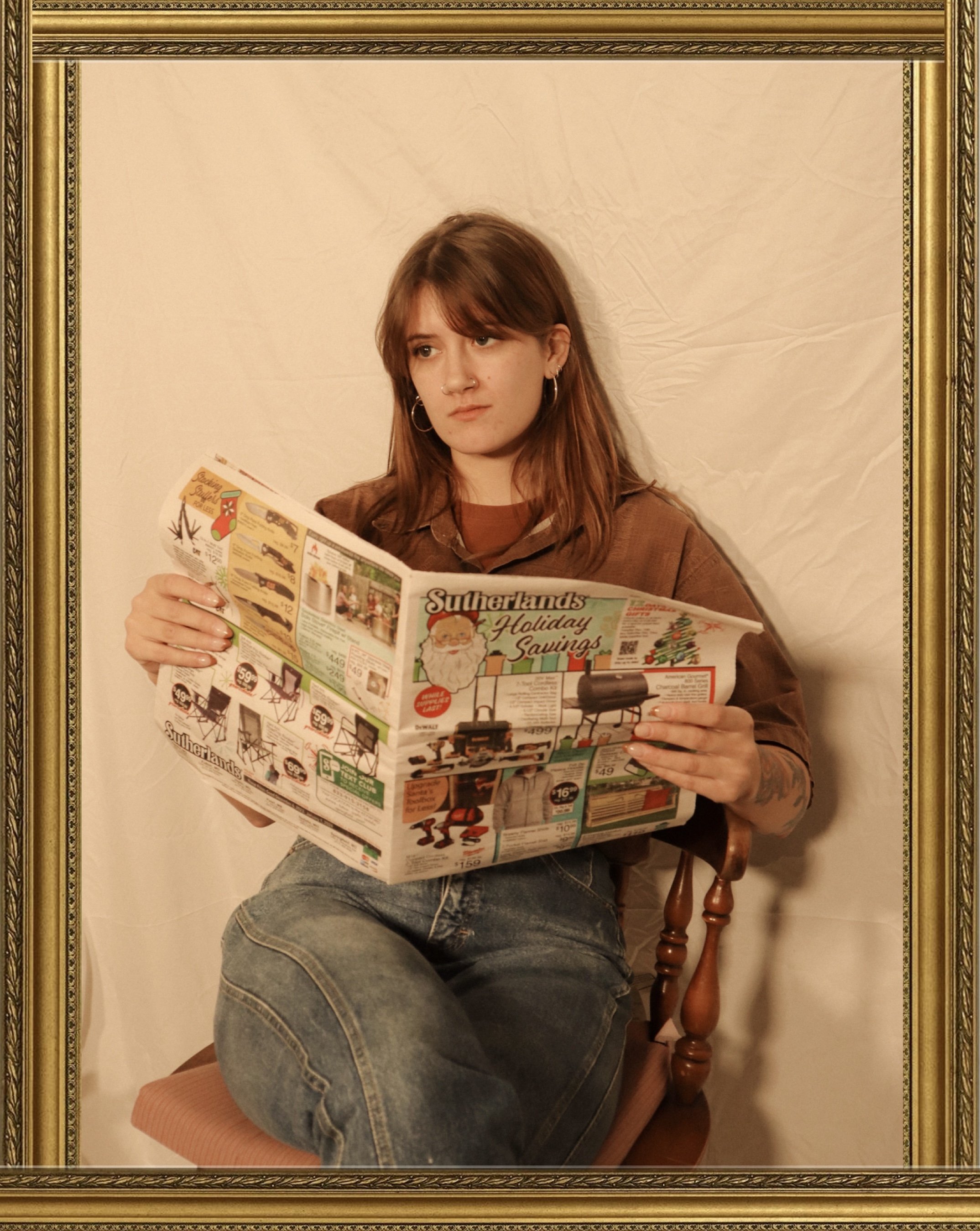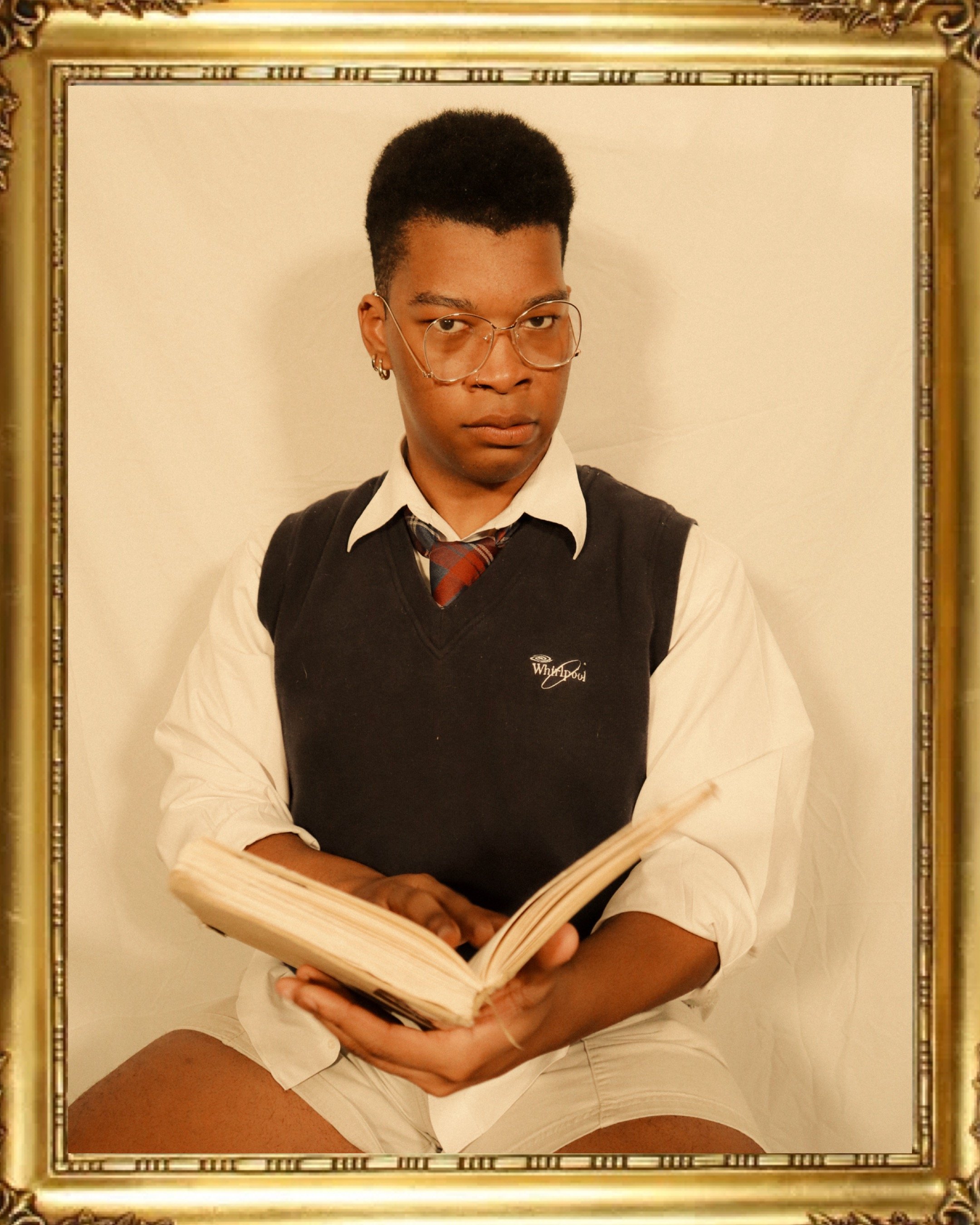A New Era of Sitcom
Written & Photography By Rishita Nannapaneni
Modeled By Koli Croy, Hal Lueking, Liam Smith, Alexis Loftis, & Cole Vest
George Sr. once said, “There’s always money in the banana stand.” This beloved joke comes from one of the nation’s most beloved sitcoms: “Arrested Development.” For years, people have laughed, cried and gasped with the ensemble casts typical of a multi-cam, studio audience sitcom. The audience seeing themselves on-screen through character dynamics and humor, principles typical of a sitcom, made these shows into the classics that they are. Families connected by getting together weekly to watch the latest episode of their favorite show. Television like “Full House,” “Seinfeld,” “Friends” and many more will forever live on in the media, and let us be honest, meme history.
Why are we seeing less and less of these types of shows being produced today? It almost seems like they have been laid to rest in a television graveyard. That is because the industry has transitioned to single-camera and mockumentary style sitcoms. These types of shows do not use the live audience typical of a multi-cam show. Single-cam does not necessarily mean the use of only one camera, rather, single-cam involves filming in a manner similar to movies instead of studio television shows. This calls for the use of one camera to capture the majority of scenes and angles in a cinematic style, versus multiple cameras for multiple angles. For this reason, single-cam operations often take more time to set-up and film. For weekly sitcoms filmed in front of a live audience, there are time constraints, as they have to finish episodes weekly. That is why multiple cameras help to capture the multiple angles needed for scenes in a timely manner. However as times change, we see more television adapting to a single-cam style, especially as it allows for more freedom with filming style and location, and for performances to be more authentic, without being placed in front of an audience for staged laughter at written punchlines. We see this style in popular shows like “Malcolm in the Middle,” “Modern Family,” “The Office,” “Parks and Recreation” and more.
For the photoshoot, I wanted to emulate the traditional roles of a sitcom, but put a spin on it. The majority of multi-cam sitcoms we would see in the 90s and early 2000s involved family, and conflicts within that group. The roles of father and mother were often heavily stereotyped, and a lot of the content lied in traditional gender roles. Now, modern television is shifting away from this, as societal ideals start to change and the traditional values held start to lift. With the shoot, I cast a mother, father, and three children, but shone a modern light on them.
This new style of sitcom lets studios play around with more comedic elements, especially with the character interviews, typical of a mockumentary. Michael Scott’s somewhat overbearing one-on-ones with the camera in “The Office” made the show into the worldwide phenomenon it is today. The evolution of sitcoms was inevitable; as audiences and times change, the media changes with it! Modern use of these sitcom principles can be seen in popular shows today like “Abbott Elementary” and “What We Do in the Shadows.” I welcome this new era of television, and the creativity and audience connection that it offers!












